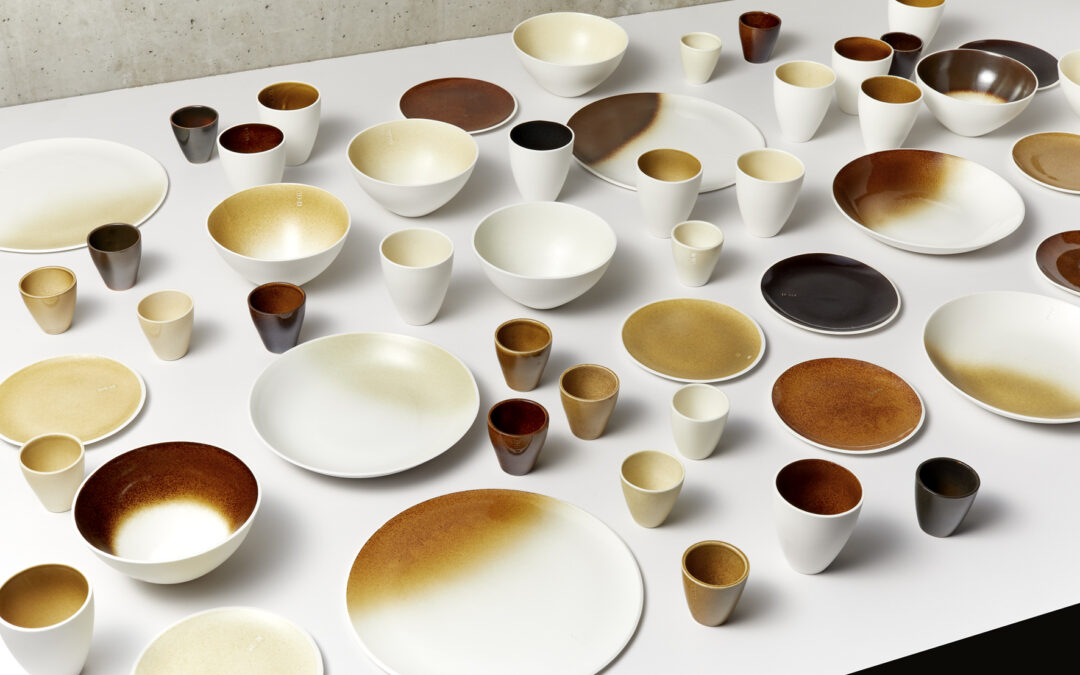You might think environmental concerns have taken a back seat to economic ones. Though higher prices for eco-friendly products may be a barrier for some people, environmental issues remain top of mind.
As awareness grows and technology propels innovation, the use of new eco-friendly materials in home and housewares are expected to attract attention and drives purchases. And while recycled materials—or ones that are recyclable—may be enough for some shoppers, it’s the new innovations that have the most potential both in terms of interest and long-term impact.
Where Consumers Stand
Just how important are environmental issues these days? Seventy percent of respondents to IHA’s 2023 Market Watch survey said it’s important the brands they purchase from provide sustainable products; 66% said it’s important for brands to be good environmental stewards. (These were respondents’ No.2 and No. 3 most pressing responsibility issues; favorable working conditions was No. 1.)
While the survey found cost to be a barrier for some, environmental concerns appear to have taken a permanent place in consumers’ psyches. Whether it’s the frequent news of natural disasters often attributed to climate change or the amount of packaging waste we experience just in our own homes, environmental issues surround us.
The Next Wave: Circular Economy
What’s more, there’s a new environmental movement on the horizon. Kate Usher, senior trend consultant at TrendBible, a global trend forecasting firm based in the U.K., says 2024 will mark a dramatic shift for consumers in how they think about environmental issues—the biggest one yet. Consumers will start to look beyond sustainability to how society can move to a regenerative future where we regrow, renew or restore what has been damaged or lost…basically, a circular system in which materials never become waste and nature is regenerated.
That circular system is even drawing attention from Leatrice (Lee) Eiseman, director of the Eiseman Center for Color Information and Training and executive director of the Pantone Color Institute. One of the trends she cited in her keynote address at The Inspired Home Show 2023 was regenerative design—a creative and quirky mix of colors, designs and materials that “bring new life to anything that is abused, under-used or otherwise neglected.”
Material Innovations
When it comes to home and housewares, many product companies are finding new uses for natural materials or new ways to reuse waste. “A storm of material innovations reached across international markets (in 2023), ready to satisfy a thirst shared by retailers and consumers for everything ‘new and next,’” reports Material Evidence, the second portfolio in the HomePage News InSight™ Trend Index 2023/24.
New or unique biomaterials being applied to housewares include corn husks, mushrooms and potato skins. Consider Kaffeeform cups and saucers made from coffee grounds and caramelized sugar, and Be Home glassware wrapped in natural seagrass. Vegetal “non plastic” plastics are also beginning to gain traction, as in wall planters from Verti Copenhagen.
There are also new applications for materials that otherwise might have been considered waste. Flax seed fiber gets a new life in prep and cutting boards from Dexas, and porcelain shards are reused in Re-gen dinnerware from Porland. Smogware Studio has even found a way to use airborne dust from various locations to produce uniquely colored food-safe glazes for dinnerware.
More material innovations can be found in the second portfolio of the HomePage News InSight™ Trend Index 2023/24. The InSight Trend Index is a series of product portfolios examining the latest trends in home and housewares. The first six portfolios have been published in recent weeks, with three more to come.

